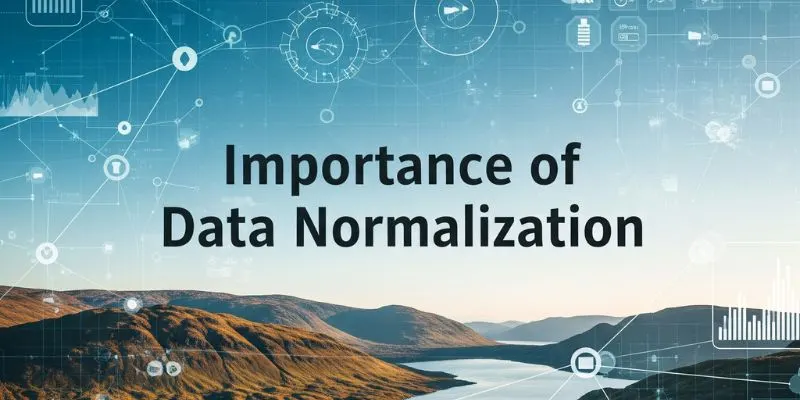
In data analytics, clean and consistent data is essential for producing accurate and reliable insights. One fundamental technique that supports this goal is data normalization. Whether you’re working with customer behavior, sales figures, or survey responses, normalization ensures your data is structured in a way that improves analysis, minimizes errors, and enhances model performance. If you are looking to deepen your understanding of such key concepts, enrolling in a Data Analytics Course in Mumbai at FITA Academy can offer you practical training and professional advice.
What is Data Normalization?
Data normalization refers to the method of modifying values that are measured on various scales to a uniform scale. It helps bring numerical data into a consistent format, which is especially important when different features or variables have varying units, ranges, or distributions.
For example, imagine one column in your dataset measures age (ranging from 18 to 90) while another tracks annual income (ranging from $20,000 to $200,000). These values are on completely different scales. Without normalization, certain models may overemphasize features with larger numeric values, even if those features are not more important.
Why is Data Normalization Important in Analytics?
1. Improves Accuracy in Machine Learning Models
Many machine learning algorithms, especially those based on distance calculations like k-nearest neighbors or clustering algorithms, are sensitive to scale. If one variable has a much higher range than another, it can dominate the model’s behavior. Normalizing data ensures that each feature contributes equally to the outcome, leading to better performance and more accurate predictions.
2. Reduces Bias and Skewness in Data
Unnormalized data can introduce bias, especially when dealing with attributes measured in different units. For instance, if one feature has a high variance compared to others, it might distort the analysis. Normalization evens out such imbalances, allowing analytical tools to treat all features with equal importance. For those keen to master these crucial techniques, enrolling in a Data Analytics Course in Kolkata can equip individuals with the practical abilities and understanding necessary to manage these challenges efficiently.
3. Enhances Interpretability and Comparisons
When data is normalized, it’s easier to compare variables on the same scale. Analysts can more clearly interpret the relationships between features and spot patterns or anomalies. It also supports more meaningful visualizations, such as scatter plots or heatmaps, where consistent scaling is critical.
4. Prepares Data for Efficient Processing
Normalized datasets often lead to faster processing times. Many analytical tools and algorithms work more efficiently when inputs are standardized, especially in high-dimensional data environments.
Common Methods of Data Normalization
There are several ways to normalize data, depending on the analytical context. Below are the most commonly used methods in data analytics:
Min-Max Normalization
This method adjusts values so they fall within a range of 0 to 1. It is especially useful when you want to maintain the relative relationships between the original data points while bringing all values onto a consistent scale. Learning such essential techniques is a key part of any comprehensive Data Analytics Course in Delhi.
Z-Score Standardization
This method, also referred to as standard scaling, modifies data to have a standard deviation of one and a mean of zero. It is suitable when your data contains outliers or when normal distribution is important for the analysis.
Decimal Scaling
This method includes adjusting the decimal point of values according to the highest absolute value in the dataset. It is less commonly used but can be effective in specific scenarios where a quick scale reduction is needed.
When Should You Normalize Your Data?
Normalization is not always necessary, but it’s often recommended when:
- Your data includes features with different units or scales
- You’re using algorithms that are sensitive to feature magnitude
- You’re preparing data for visual analysis or clustering
- The range of values significantly varies across features
On the other hand, if you’re working with tree-based models like decision trees or random forests, normalization might not be required, since these models are not sensitive to feature scaling.
In the world of data analytics, normalized data is foundational for meaningful insights. It supports fairness, accuracy, and clarity across your analyses and models. By understanding how and when to normalize data, you empower your analytics to be more robust, interpretable, and trustworthy.
Whether you’re preparing data for machine learning or crafting compelling visualizations, normalization is a step you should not skip. If you want to learn these crucial skills in depth, enrolling in a Data Analytics Course in Chandigarh can provide the structured training and expert support needed. Putting in the necessary work to accurately normalize your data can greatly improve the quality and reliability of your findings.
Also check: Why is Data Visualization Important in Analytics?
